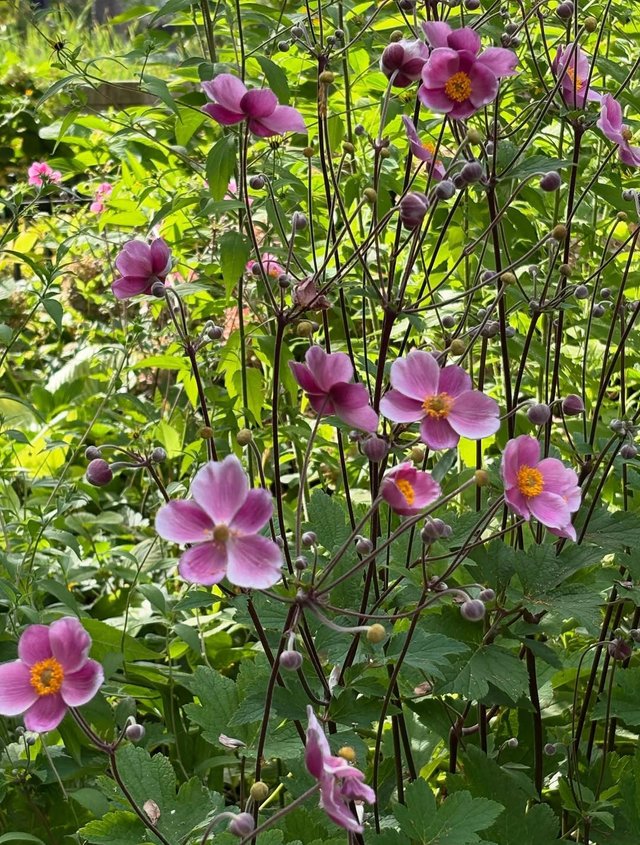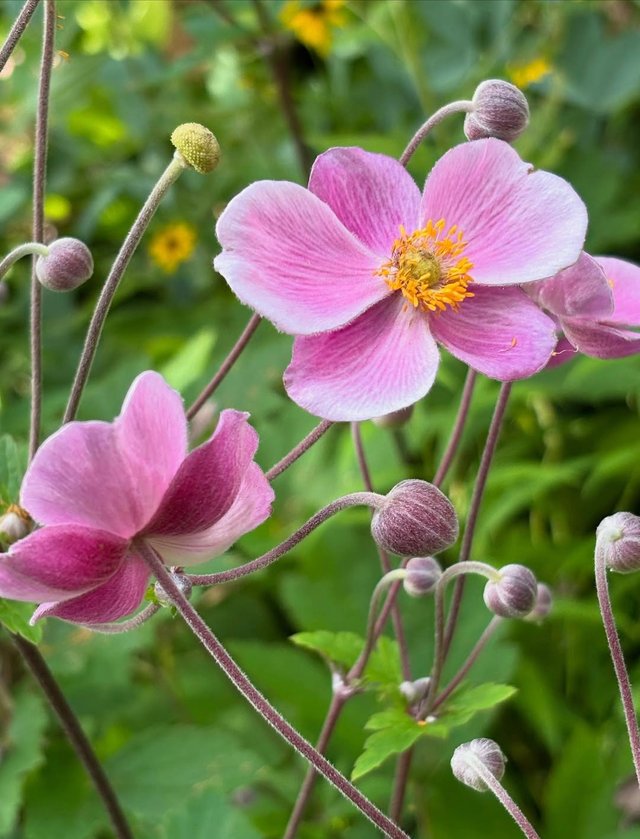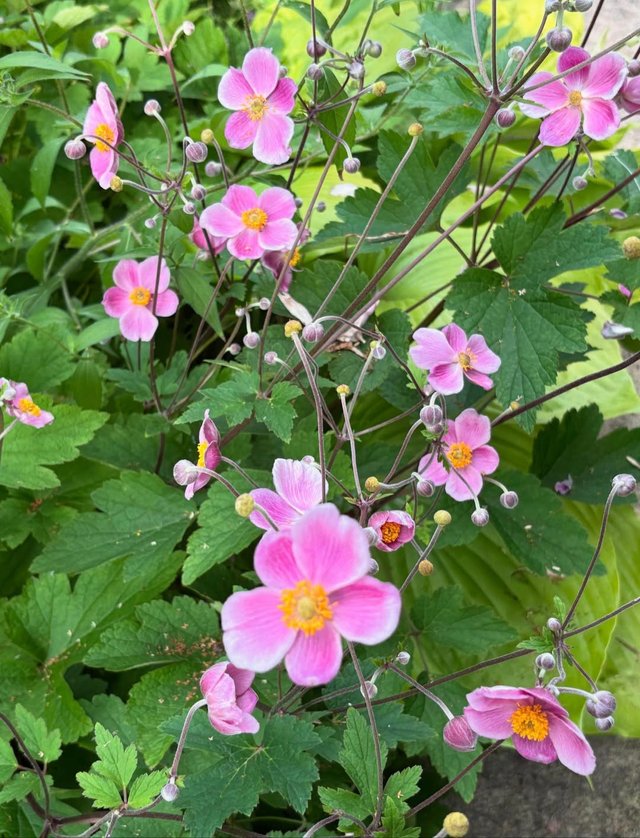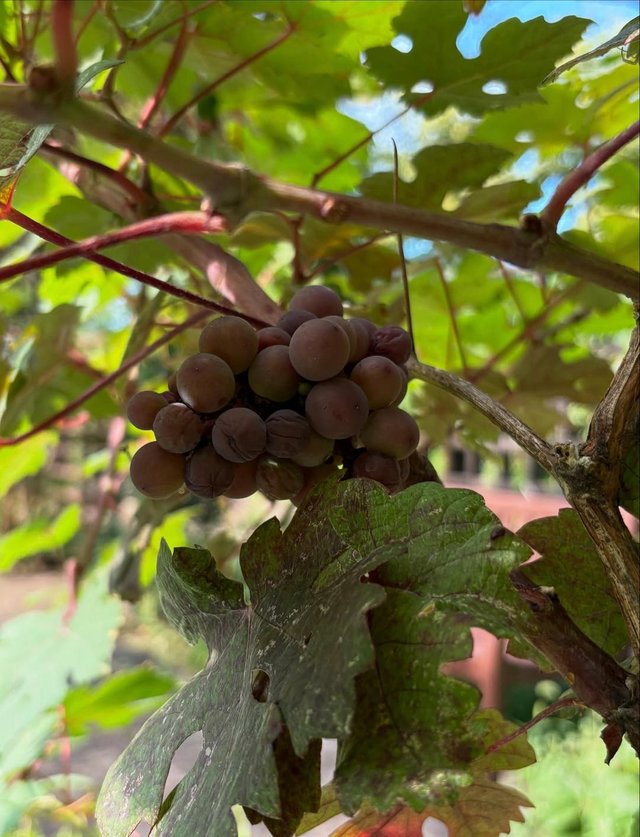Japanese Anemone
As summer gardens begin to fade and many flowers retreat with the heat, a quiet beauty rises to take center stage: the Japanese Anemone. With its delicate, wind-swept blooms dancing above dark green foliage, this perennial flower brings elegance, structure, and color to the garden when it’s most needed—from late summer into fall.Though called “Japanese,” the story of this flower spans continents and centuries. Let’s dive into the fascinating world of Japanese Anemones, their history, growing tips, symbolism, and why they deserve a treasured spot in any garden.
Despite the name, Japanese Anemones are not native to Japan. They originated in China, specifically in the Hubei province, where Anemone hupehensis is found in the wild. From there, they made their way to Japan, where they were cultivated and naturalized, eventually earning the name "Japanese Anemone."Later, European horticulturists bred them into hybrids (Anemone × hybrida), resulting in today’s popular varieties known for their larger flowers, extended blooming seasons, and increased hardiness.
The Japanese Anemone is the kind of plant that quietly steals the show. It doesn’t scream for attention—but once it starts blooming, its ethereal beauty captivates every passerby. It’s poetic, resilient, and a garden mainstay that fills the late-season gap with elegance.Whether you want to add charm to a shaded border or craft a fall floral display that’s soft yet striking, the Japanese Anemone is a flower you’ll never regret planting.




